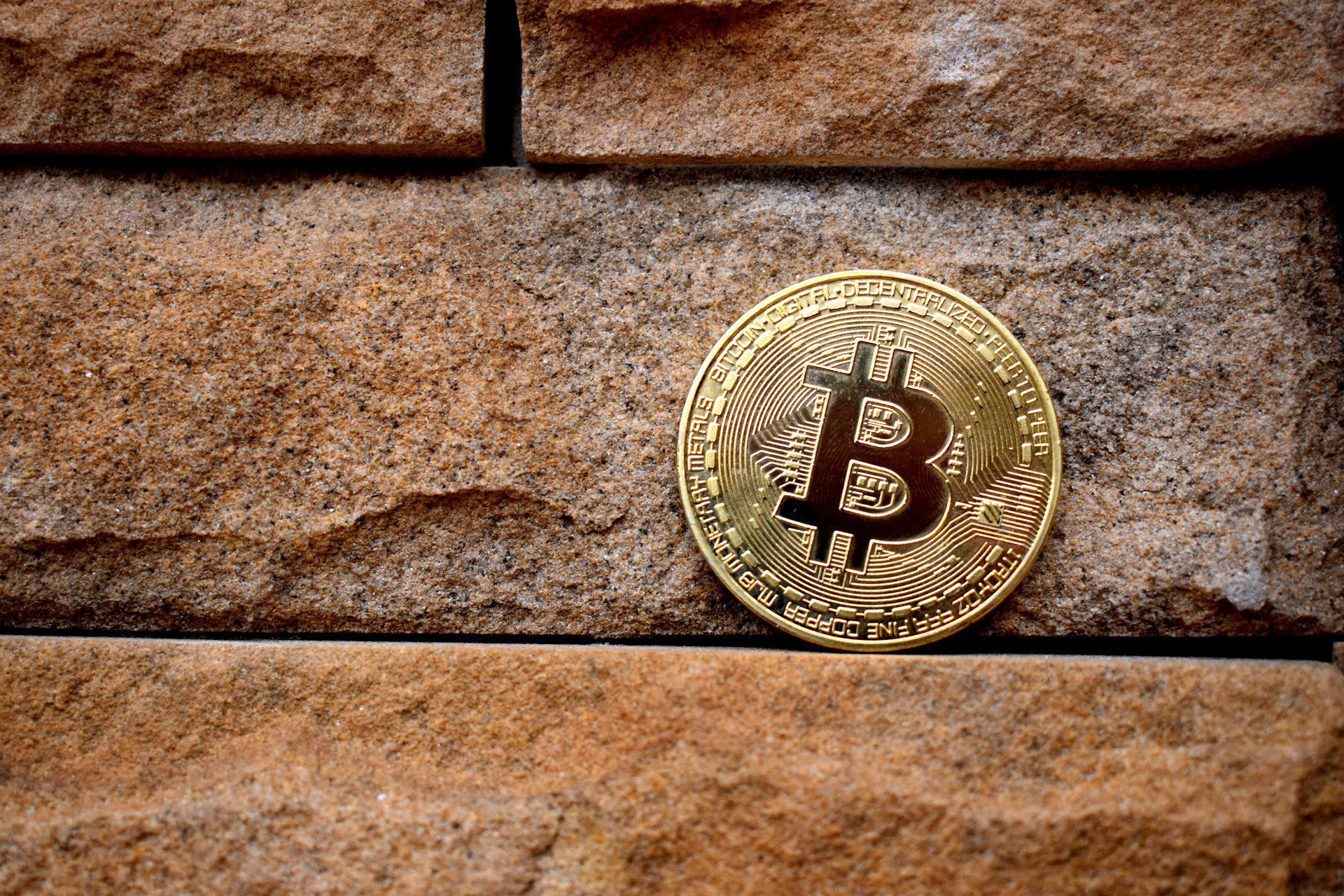In October alone, phishing attacks have resulted in a staggering $41 million in losses. These attacks often trick users into allowing unwarranted access to their crypto wallets by getting them to sign off on various unauthorized actions.
A common tactic involves the creation of counterfeit tokens that mimic legitimate wallet tokens, making it easier for fraudsters to steal cryptocurrency. Of particular concern is permit phishing, which facilitates the potential for multiple high-value tokens to be taken at once.
Just three hours ago, another individual lost $1.57 million due to a “permit” phishing scheme.
pic.twitter.com/wDGZIMdJ7N
— Scam Sniffer | Web3 Anti-Scam (@realScamSniffer) October 15, 2024
Smart Schemes from Hackers
A recent example includes the heist of $1.39 million worth of meme tokens. While ransomware attacks aren’t new, they’ve surged in frequency over the past couple of weeks, likely due to heightened user activity.
Just 25 minutes ago, a PEPE holder lost $1.39 million in PEPE, MSTR, and APU due to a “permit2” phishing signature.
pic.twitter.com/Wf4nd8eFxl
— Scam Sniffer | Web3 Anti-Scam (@realScamSniffer) October 13, 2024
The vast majority of these scams happen on the Ethereum blockchain, which is known for its high liquidity and popular smart contracts. Many hackers leverage open-source contracts to create deceptive links or highly convincing smart contracts that prey on unsuspecting users.
Compromised Social Media Accounts Spread Misinformation
With a surge in crypto discussions on platforms like X, user accounts on these sites have become prime targets for hackers. This issue is particularly rampant in October, coinciding with the buzz around meme tokens and an overall market resurgence. Hacked X accounts, notably those belonging to influencers, share misleading links that entice users to connect their crypto wallets.
These links can completely drain wallets just by a simple “connect wallet” action. Some malicious links might masquerade as recovery tools or security applications. Others may imitate legitimate ads from platforms like Google, urging users to connect their wallets to purportedly new and exciting blockchains. It’s crucial to conduct thorough authenticity checks using empty wallets.
Exploits in Airdrops and Promotions
Phishing schemes frequently exploit interest in airdrops or reward programs to lower defenses and gain wallet access. Recently, an X account linked to the SPX6900 meme token was compromised, potentially putting users at risk from fraudulent addresses.
Failing to recognize harmful links can lead to significant losses as many appear to be innocuous offers or downloads targeting eager traders readying their wallets for meme token investments. These schemes are expected to proliferate as more individuals dive into the meme token market.
Additional risks include misleading ads on social media, fake comments, unreliable Discord servers, and expired links. One phishing attack could wipe out an entire wallet, while others may cause further damage beyond just financial loss.
Image credit to Wisevu, chart from TradingView






